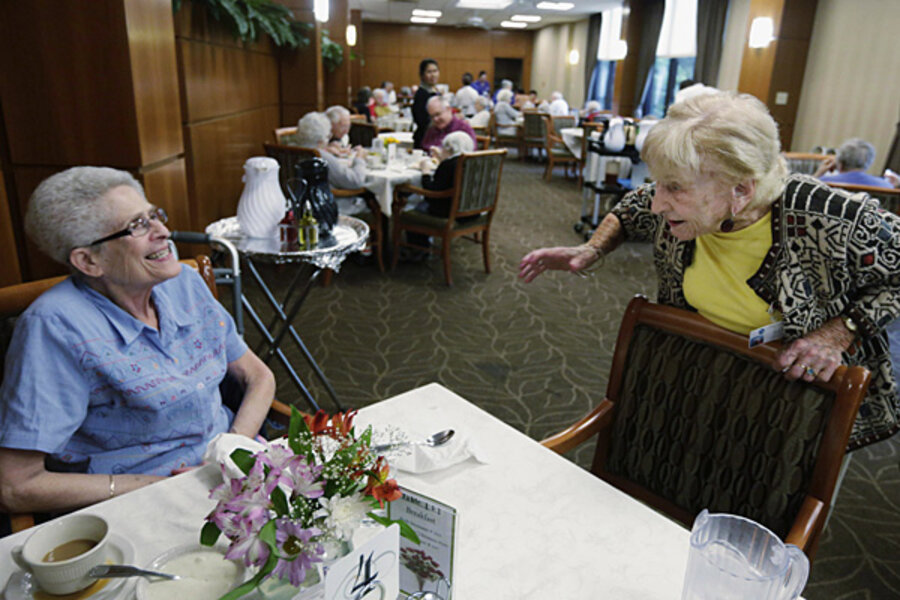Can retirement savings be improved?
Loading...
Kudos to Rowland Davis and David Madland at the Center for American Progress for rethinking retirement savings. In a paper with the rather understated title “American Retirement Savings Could Be Much Better,” the authors attempt to stitch together the best of defined contribution plans and defined benefit pensions.
Their preferred vehicle is what’s known as a collective defined contribution plan (they call their version the Secure, Accessible, Flexible, and Efficient (SAFE) plan).
Today, workers in 401(k) plans bear full investment risk and often struggle with how to allocate their retirement savings and what to do with their assets when they change jobs or retire. With SAFE, those risks would be mitigated. Enrollment would be automatic, savings fully portable, and investment funds pooled and professionally managed. Accounts would be automatically annuitized as in traditional DB plans.
Investment pools would be run by private non-profits but professionally managed. Employers could contribute to workers’ accounts but would have no fiduciary obligations since they’d play no role in managing the assets.
The model attempts to spread risk among workers of all ages and retirees. It also would use a financial tool called a collar aimed at smoothing investment returns. The authors model a plan that aims to credit fund participants with annual returns that range from zero to 8 percent. In years where investment profits top 8 percent, the excess would be held in a notional reserve fund. In years when returns fall below zero those reserves would cover any losses.
Sensibly, the authors do not promise riskless returns. But they say their model would keep both risks and costs relatively low. They estimate that, by doing so, workers saving through such a model would be more than twice as likely to maintain their standard of living in retirement as workers making identical contributions to a traditional 401(k) plan.
Still, there are plenty of questions about the proposal. To name just three: The estimated returns to these plans seem very optimistic, the transition quite complex and potentially costly, and the government’s role in organizing or reinsuring plans is just not clear.
One attractive element of the plan is that it builds on existing savings vehicles and does not propose to add any new tax-advantaged schemes to the dozens that already exist. The last thing we need is another savings subsidy.
Many large employers already offer automatic enrollment, life cycle investment funds, and annuitization aimed at improving (401)k plans—often making them look a bit like pensions. But this happens in an ad hoc way and without the benefits of reduced costs and risks that come, at least in theory, with a pooled plan design such as SAFE.
This idea has a lot going for it. At the very least it could jump-start a badly-needed debate over how to build a better retirement system.







